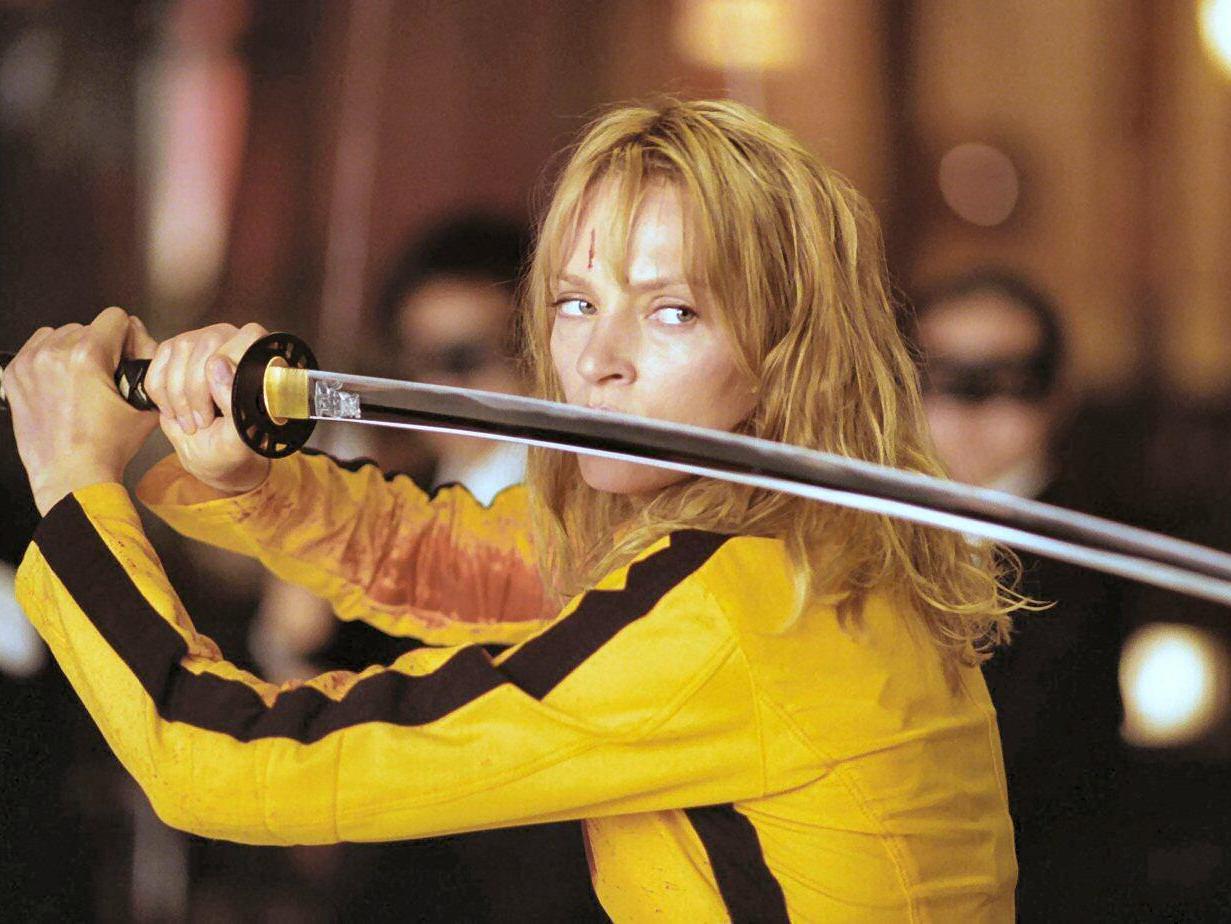Not the bunny boiler anymore – why women are finally allowed to show the power of female rage in art
Furious men have stalked the world of art for centuries, writes Fiona Sturges. Now it’s women’s turn


Your support helps us to tell the story
From reproductive rights to climate change to Big Tech, The Independent is on the ground when the story is developing. Whether it's investigating the financials of Elon Musk's pro-Trump PAC or producing our latest documentary, 'The A Word', which shines a light on the American women fighting for reproductive rights, we know how important it is to parse out the facts from the messaging.
At such a critical moment in US history, we need reporters on the ground. Your donation allows us to keep sending journalists to speak to both sides of the story.
The Independent is trusted by Americans across the entire political spectrum. And unlike many other quality news outlets, we choose not to lock Americans out of our reporting and analysis with paywalls. We believe quality journalism should be available to everyone, paid for by those who can afford it.
Your support makes all the difference.At the start of Lisa Taddeo’s new novel Animal, a man walks into a New York restaurant and shoots himself. “He was a gluttonous man and when his blood came out it looked like the blood of a pig,” notes the narrator, Joan. The dead man was her married boss with whom she was having a reluctant affair. He was obsessive and proprietorial, and would spy on her when they weren’t together. Joan struggled to keep a lid on her disgust when she was with him. “Three showers a day was not enough,” she says.
Animal is Taddeo’s follow-up to her 2019 bestseller Three Women, in which she told the real-life stories of women and their sexual relationships. Animal is fictional, but deals with similar themes of power, violence and the ways women learn to please and placate men, whether work colleagues, fathers, husbands or lovers. Joan – who flees New York for a new life at a former hippy compound in Topanga Canyon, Los Angeles – sees herself only through the eyes of men and hates them for it. A lifetime of abuse and trauma has rendered her murderous, and there is deadly power in her rage.
There is similar anger in Megan Nolan’s Acts of Desperation, which finds a woman rejecting her own victimhood, and, before that, Ottessa Moshfegh’s Booker-shortlisted Eileen, featuring an antiheroine who lives in servitude to her father and who loathes everyone and everything. Such titles stick two fingers up at the notion of the wise and likeable female narrator. Their protagonists are or have been in abusive relationships and are driven to the brink by the sadism of men.
Variations on these stories have started to appear on our screens, too. Emerald Fennell’s Promising Young Woman is a powerful revenge satire in which Carey Mulligan’s Cassie finds catharsis in schooling men who prey on drunk women who are unable to consent to sex. Her actions are a direct result of grief and rage following an incident at medical school, the details of which are gradually revealed. The film has its flaws, but Cassie’s disdain for male entitlement, and the institutions that support it, is something to behold.
Michaela Coel’s astonishing I May Destroy You is a different kind of revenge fantasy, in which our heroine tracks down her rapist and then imagines a variety of outcomes, some more violent than others. A quieter fury is evident in Mare of Easttown; Kate Winslet’s detective has had it up to here with other people and their crap, her character echoing Sarah Lancashire’s similarly exasperated Catherine Cawood in the crime drama Happy Valley.
None of this should be extraordinary, of course. Furious men have stalked the worlds of art and performance for centuries. The 1950s saw the anointing of the “angry young men”, a group of playwrights and novelists who included Kingsley Amis, John Osbourne, John Wain and Alan Sillitoe, and who railed against class distinctions, authority and anything they perceived as highbrow. Male rage, then, can yield movements, but women who dare to express their fury are invariably categorised as “crazy” or “hysterical”. Taddeo put it succinctly in a recent article when she asked: “Why when men act out of rage, we step aside, we let the lions have their space, we nod our heads in tacit understanding. But when women do it, we are wild, irrational, circumspect, diseased.”
The endurance of the crazy-lady trope isn’t helped by the fact that, until recently, the stories of angry women have been largely told by men, from Euripedes’ depiction of Medea, who killed her children after her husband left her for another princess, all the way to Fatal Attraction, a film about infidelity written and directed by men and which gave rise to the term “bunny boiler” to describe a scorned woman.
Quentin Tarantino’s film series Kill Bill was seen as the ultimate portrayal of female empowerment through violence, which makes it particularly disappointing that his star Uma Thurman felt bullied by the director, and forced into driving an unsafe car that then crashed. She called the incident “dehumanisation to the point of death”.
The #MeToo movement, and its real-life testimonies of male cruelty and sexual entitlement, has brought all manner of rage to the surface. That these stories of trauma are out in the world is a good thing, though it’s sad that it took the misdeeds of a high-ranking Hollywood rapist to allow them to be told. Were it not for #MeToo, it’s unlikely that the National Gallery would have featured the 17th-century artist Artemisia Gentileschi for its blockbuster show last autumn, in what was the first survey of her paintings in the UK. Gentileschi famously endured rape, a public trial during which she was tortured with thumbscrews, and an arranged marriage – all before she was 20. It’s no wonder that men don’t come off well in her pictures; among her most famous works is Judith Slaying Holoferness, in which Judith and her maid saw at a man’s neck with a sword with their sleeves rolled up, their cheeks flushed with the effort.

It’s significant that, 400 years on, women artists, filmmakers and writers must still think twice before letting their rage leak out through their work, lest they be labelled unhinged. But, funnelled through art, anger can be cathartic and energising. It can help us understand the world in which we are living and that we are not alone in our experiences. Anger may not solve our problems, but it can sure as hell make us feel better.
‘Animal’ by Lisa Taddeo is published by Bloomsbury Circus



Join our commenting forum
Join thought-provoking conversations, follow other Independent readers and see their replies
Comments